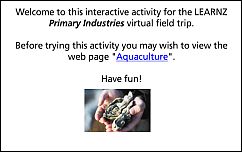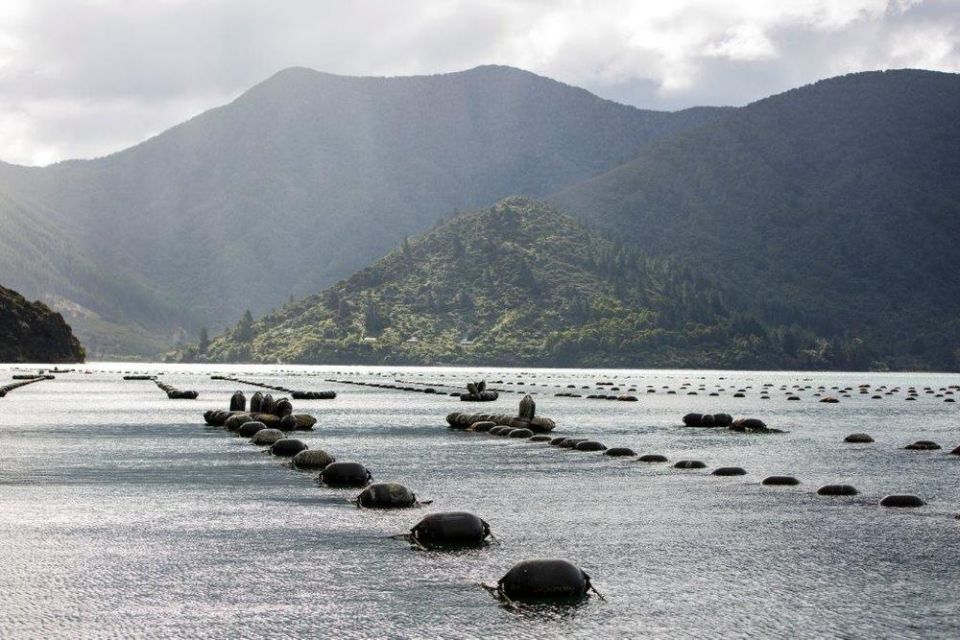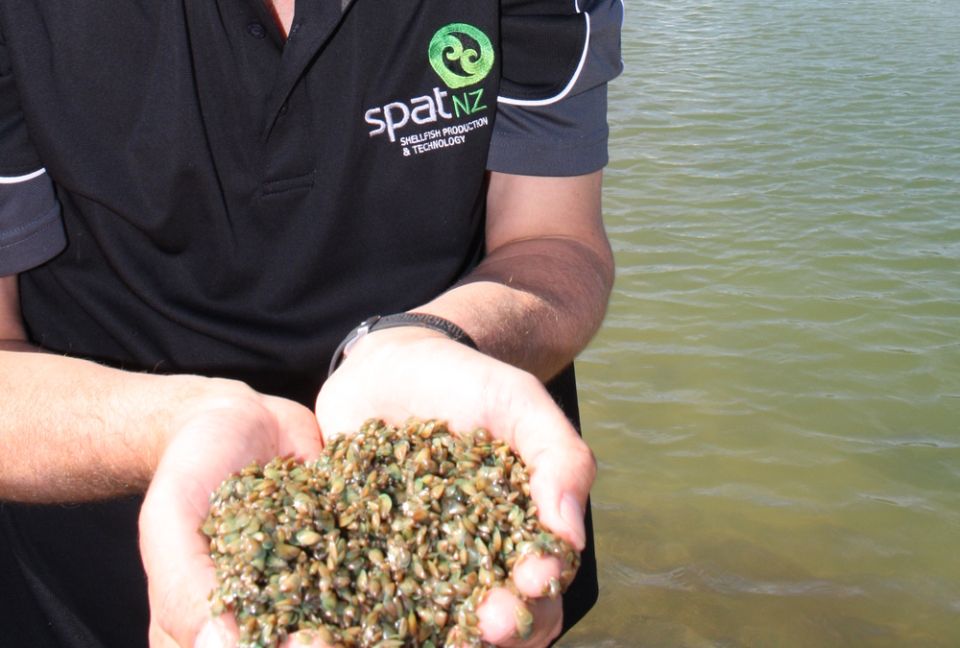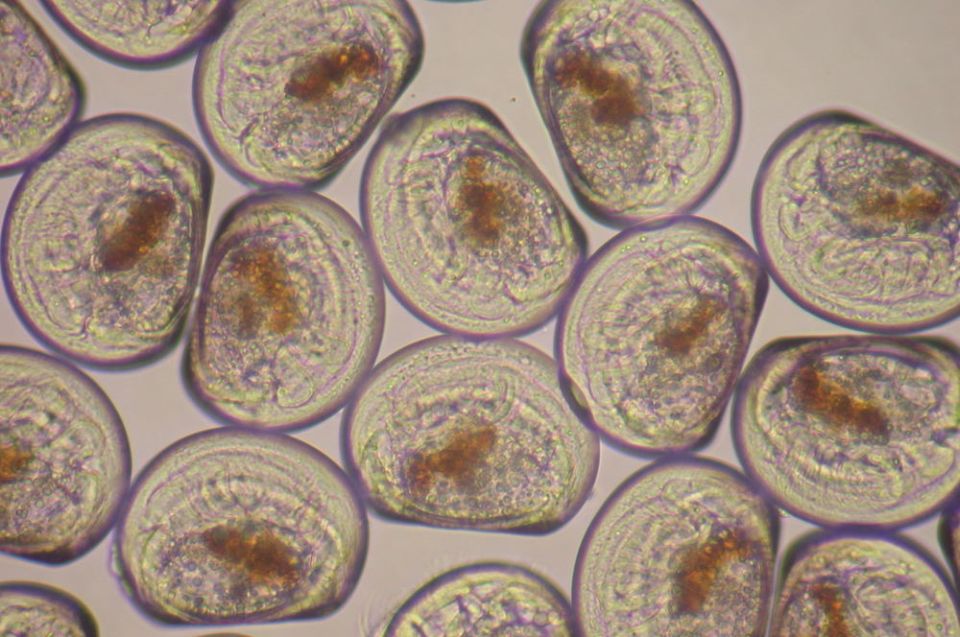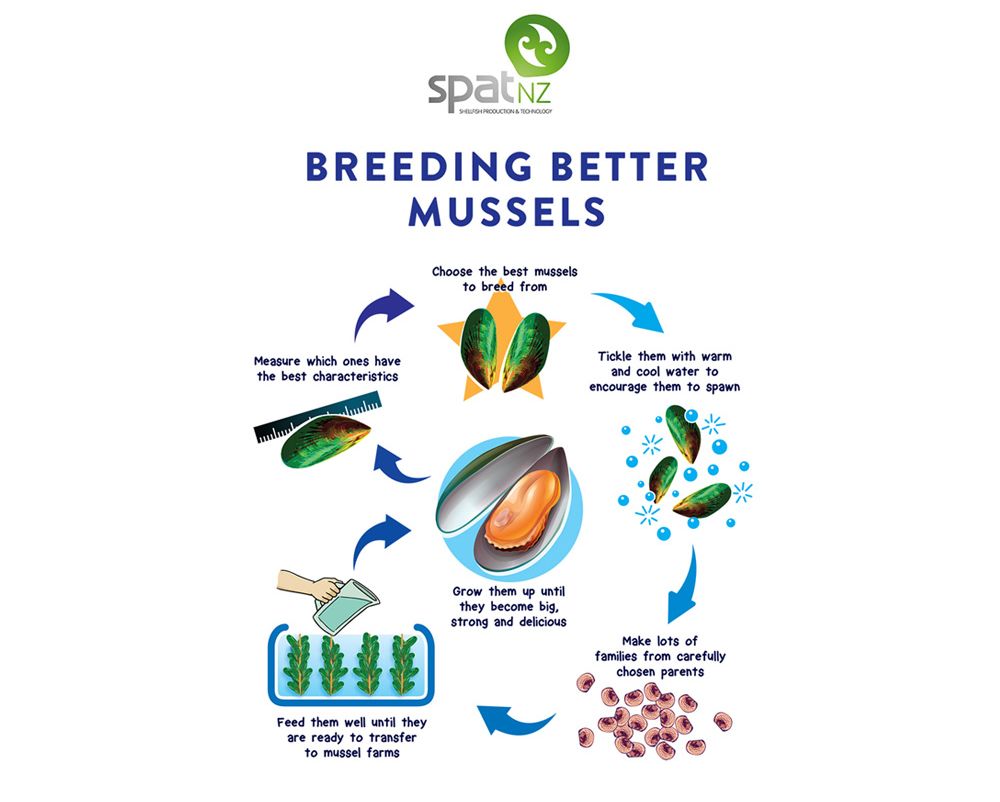What is aquaculture?
Aquaculture is the farming of fish and other aquatic animals and plants. It can take place in the sea, in lakes, rivers, and in special pools on land. New Zealand aquaculture is a multi-million dollar industry.
The main species farmed in New Zealand for export are green-lipped mussels, quinnat salmon and Pacific oysters.
Industry developments
More species are being trialled for farming, including pāua shellfish and sea horses, which are used in Asian medicine.
In 2004 the New Zealand government set up new laws to control the aquaculture industry and protect the environment.
Threats to aquaculture
The main threat to aquaculture is from sudden growths of harmful algae, known as toxic blooms. Coastal waters are frequently tested.
Two toxic bloom disasters have struck the industry, highlighting the unpredictable nature of the marine environment. In 1989, a bloom of poisonous plankton contaminated salmon farms in Big Glory Bay, Stewart Island. Another widespread bloom developed in the summer of 1992–93, and people became sick from eating contaminated shellfish. The government closed all harvesting from mussel farms for several months, and growers placed a voluntary ban on the transport of young mussels from Northland beaches.
Following this, a nation-wide programme was developed to monitor coastal waters and shellfish for the presence of poisons from plankton. The Ministry for Primary Industries manages the programme and ensures that water and shellfish samples are tested weekly.
Greenshell mussels
In the mid-1980s fresh green-lipped mussels were cheap and plentiful in New Zealand supermarkets, and the industry turned its attention to developing reliable export markets.
Frozen mussels in half shells became the main export item, patented with the trade name NZ Greenshell™ mussels. The main mussel growing areas are in the Coromandel and Marlborough Sounds. Biodegradable stockings full of mussel spat are tied to parallel rows of looped ropes, supported by buoys. The young mussels grow through the stockings and anchor themselves to the ropes with threads formed by a special secretion.
For some years, ropes were reseeded after harvest with spat found growing naturally in coastal waters. This proved risky, however, as the timing and volume of supply was unpredictable. In 1974 a marine scientist discovered abundant mussel spat attached to washed-up seaweed on Ninety Mile Beach, Northland. Local people began to collect the seaweed, pack it into buckets, and air freight it to mussel farmers. Kaitāia spat, as it was called, became the main source of seed mussels in New Zealand. 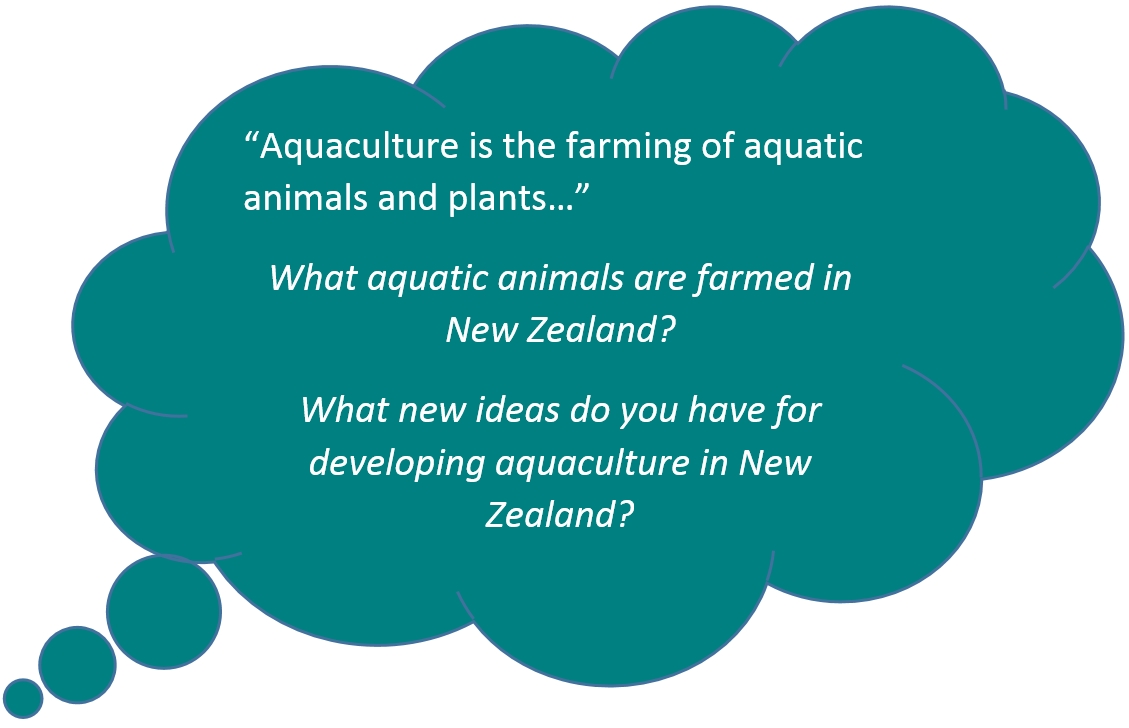
Today SPATNZ (which stands for shellfish production and technology New Zealand limited) runs a programme funded by the government (MPI) and Sanford.
Greenshell™ mussels are unique to New Zealand. Until now, New Zealand’s mussel growers have relied on catching wild spat (baby mussels) around our coastline. SPATNZ are the first to try to selectively breed Greenshell™ mussels so mussel growers have the spat they need to grow the best mussels in the world.
During this field trip you will visit SPATNZ and see how they are selectively breeding mussels.

